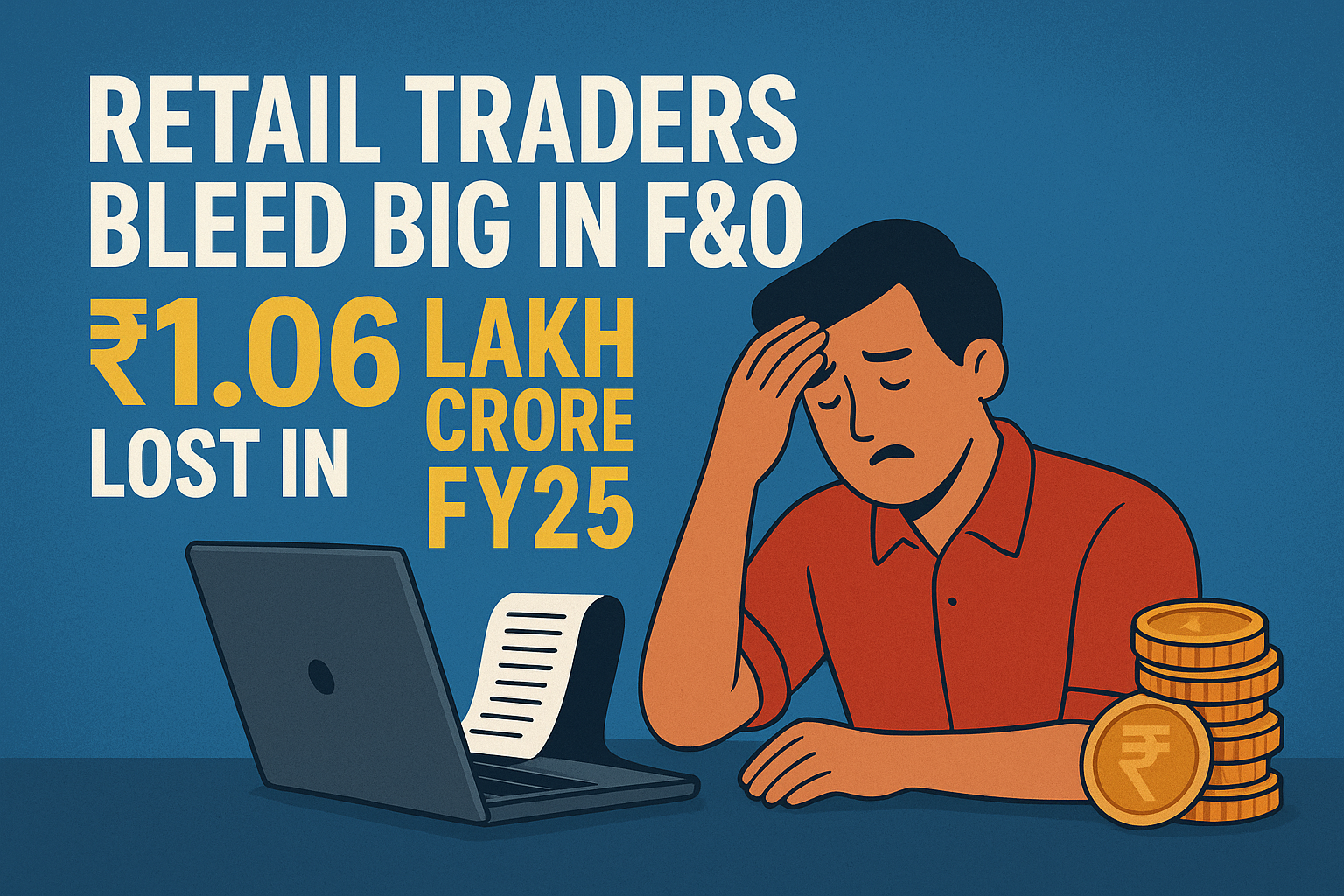
Capital grows slowly and over time for investors. Traders, though, look for quick profits by making multiple trades over shorter periods.
Trading and investing are two different ways to try and make money in the financial markets. Investors and traders both want to make a profit from the movements in the market. Investors typically use the principle of purchasing and holding to achieve higher returns over a longer period. Traders, by contrast, take advantage of both rising and falling markets to enter and exit positions over a shorter time frame, taking smaller, more frequent profits.
Let’s understand each topic one by one.
What is an investment
Investing is intended to increase wealth over an extended period progressively. Buying and holding a portfolio of one or more asset classes is how to achieve this. Examples are stocks, stock, mutual funds, bonds, exchange-traded funds (ETFs), and other financial instruments.
Investments are often held for years or even decades, taking advantage of perks apart from price appreciation, like dividends, stock splits, and bonuses. While markets inevitably fluctuate, investors typically ride out the downtrends with the expectation that prices will rebound and any losses eventually will be recovered. Investors are generally more concerned with market fundamentals, such as Earning per share(EPS), price-to-earnings (P/E) ratios, industry projected CAGR, and company management forecasts.
Financial Performance: A Closer Look
Investors typically employ one of two ways when making investments. The following styles are listed :
- Active Investing: Investors who choose an active investing strategy frequently watch the markets and adjust their positions as necessary. Active investors generally seek out particular investments that try to outperform the returns of a specific benchmark index.
Let’s say you decide to invest in individual stocks of a firm, say -ITC. You conduct thorough research, analyze financial statements, consider market trends, and determine which stocks to buy and sell. You actively monitor your portfolio and adjust based on your analysis and market conditions. Active investing aims to generate higher returns compared to the broader market or benchmark indexes.
- Passive Investing: Passive investors follow a buy-and-hold strategy. This type of investor does not make an effort to monitor the markets daily or even regularly closely. The goal of passive investing is to track the returns of the benchmark index. There is a method attached to it named Coffee Can Investing.
Let’s say you invest in an index fund that tracks a broad market index like the Nifty 50. You contribute a certain amount of money to the fund, and the fund manager passively manages the portfolio by replicating the holdings of the index. The goal is to achieve a return that closely matches the index’s performance. This is a passive investment because you’re not actively selecting individual stocks or making frequent trades.
Time Horizon
For the most part, investors use a long-term investment time horizon to accomplish their objectives. The buy-and-hold method illustrates that this is typically longer than a year. The entire amount of time an investor must wait before receiving their money is primarily influenced by their goals, investment style, or plan. Because of this, saving for retirement requires a longer time frame than preparing for a down payment on a home.
What is Trading?
Trading involves more frequent transactions, such as the buying and selling stocks, commodities, currency pairs, or other instruments. While investors may be content with 10% to 15% annual returns, most traders might seek a 5% to 10% monthly return.
Trading profits are generated by buying at a lower price and selling at a higher price within a relatively short period. The reverse also is true: trading profits can be made by selling at a higher price and buying to cover at a lower price (known as selling short) to profit in falling markets.
Traders seek to make profits within a specified period and often use a protective stop-loss order to automatically close out losing positions at a predetermined price level. Traders often employ technical analysis tools like moving averages, stochastic oscillators, Bollinger bands, RSI, Pivot, Price action, Support & Resistance, etc., to find high-probability trading setups.
Trading Styles
A trader’s style refers to the timeframe or holding period in which stocks, commodities, or other trading instruments are bought and sold. Traders generally fall into one of four categories:
- Positional Trader: Positions are held from months to years
- Swing Trader: Positions are held from days to weeks
- Day Trader: Positions are held throughout the day only, with no overnight positions
- Scalp Trader: Positions are held for seconds to minutes with high volume and with no overnight positions
Traders often choose their trading style based on account size, amount of time dedicated to trading, level of trading experience, personality, and risk tolerance.
Time Horizon
Unlike investors, traders have a short-term time horizon in mind. That’s because traders monitor the markets consistently for changes in asset prices before making their moves. The goal is to take advantage of these ups and downs to maximize profits and minimize losses. A trader’s time horizon can be anywhere from a few minutes to several days.
What’s More Profitable, Investing or Trading?
There’s no easy answer to this question. That’s because it depends on you and your preference. Trading is well-suited to individuals with a good grasp of the markets and their risk tolerance. Traders are also highly active in need; they can earn in the rise and fall of the market where, as investors only dependent upon demand, rise to witness capital gain. So, People who are more risk-averse and want passive involvement in the market with the main focus on safeguarding their capital do better with investing.
People often confuse investing and trading, using the terms interchangeably. But it’s easy to see why because of some distinct similarities, such as the need to open accounts, deposit money, and buy and sell assets. But the two are very different. Investors have a much longer time horizon than traders and are usually more risk-averse. Traders, usually, better understand how different assets and markets work. Whether you’re an investor or trader, you should know the rewards and risks involved in both, to be the winner.
Conclusion
Although these terms are generally used interchangeably, trading and investing are different. Trading involves buying and selling assets (such as stocks) for short-term gains. Traders primarily focus on share prices as they make their decisions. On the other hand, investors focus on long-term gains when they buy and sell investment vehicles.
Disclaimer: The information presented in this article is for informational purposes only and should not be considered financial advice. Investors are encouraged to perform their own analysis and seek professional guidance before making investment decisions.
Q7 Trading Solutions pioneers in algorithmic trading with tailored strategies for Stock options and Index options. Harnessing the power of AI and Big Data, we deliver precision in technical analysis using statistics & mathematical modeling, providing a reliable path to optimize trading outcomes. You can learn more about its prowess by joining our 28k+ strong community absolutely for FREE.
Tags




